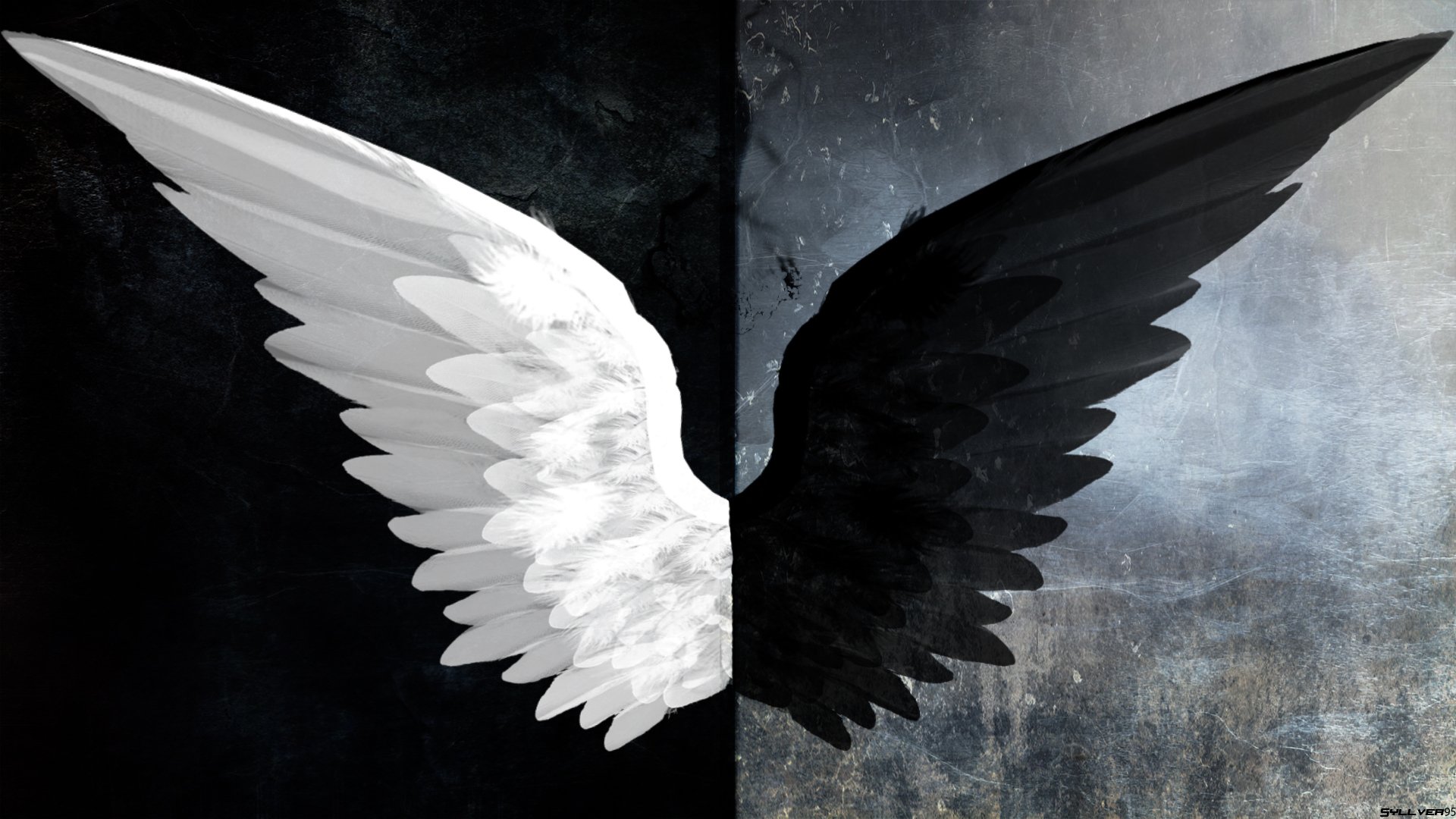Angel wing is a concerning condition where a duckling’s wing feathers twist outwards instead of lying flat against the body. While not life-threatening, it can leave ducks unable to fly and affects their appearance. The key to treating angel wing is catching it early before permanent damage occurs. But what are the first signs of this condition in young ducks?
What is Angel Wing?
Angel wing, also known as airplane wing or slipped wing, is a musculoskeletal disorder seen in young ducks and geese. It causes the last joint in the wing to rotate outwards, making the feathers project away from the body.
This occurs when the growing flight feathers become too heavy for the immature wing structure to support. The result is a permanent wing deformity if not corrected in time. It most often affects just one wing or both wings rather than just one.
When Does Angel Wing Develop?
Ducklings are most susceptible to developing angel wing between 2-3 months of age as their adult feathers start growing in. Cases are rarely seen after 4 months once the wing bones have fully formed.
Male ducks are more prone than females for unknown reasons. Excess protein, genetics, and lack of exercise may contribute, but the exact cause is still debated.
Early Signs and Symptoms
Watch for these subtle early signs of angel wing in ducklings under 3 months old:
-
One or both wings appear slightly drooped or saggy
-
Primary feathers point outwards instead of lying flat against the body contour
-
Wing tips seem to stick out at a wider than normal angle from the body
-
The last joint of the wing looks rotated compared to the other joints
-
Difficulty tucking the affected wing(s) against the body while resting
-
Primary feathers on one or both wings appear damaged or fraying
-
Reduced range of motion when flapping the wing(s)
Catching it early before permanent changes arise is key. If left untreated, the wings will eventually protrude at extreme angles looking like “angel wings.”
Diagnosing Angel Wing
A veterinarian can confirm suspected angel wing through a physical exam and observation of the duckling’s attempts to flap its wings. They may also take radiographs to assess the underlying joint and bone structure.
Vets grade the severity based on the angle the wing feathers project away from the body:
- Grade 1 (Mild): Less than 30 degrees
- Grade 2 (Moderate): 30-60 degrees
- Grade 3 (Severe): Greater than 60 degrees
Treating Angel Wing
The good news is angel wing can often be corrected if caught early when the duck is still growing and bones are soft. Treatment focuses on supporting the wing in proper alignment so developing tissues heal normally.
-
Wrap the wing against the body with a bandage like Vetwrap. Change it daily.
-
Provide a pen for the duck to limit activity that could displace the bandage.
-
Switch to a lower protein feed with around 16% protein to slow growth.
-
Add calcium and vitamin D3 to the diet to support bone development.
-
Massage the joint and gently flex the wing to maintain mobility.
-
Use a brace, splint or tape to hold the wing in place if bandaging fails.
-
Continue treatment for 1-2 months until the wing stays aligned on its own.
Patience and persistence are needed, as ducklings can wiggle out of bandages. But correcting angel wing in the early stages is very possible with attentive care.
Preventing Angel Wing
While the exact cause of angel wing remains uncertain, these tips can help reduce the incidence:
-
Avoid using medicated feeds intended for chicks, which have too much protein for ducks.
-
Feed a duckling starter/grower feed with 18% protein for just the first week, then switch to 15-16% protein feed.
-
Provide a big tub of water for swimming to exercise wing muscles.
-
Allow access to grass, duckweed, and greens to supplement their diet.
-
Add calcium supplements to support bone health.
-
Prevent overly fast growth by not overfeeding.
-
Ensure proper nutrition and avoid vitamin deficiencies.
-
Maintain a consistent temperature – avoid drafts or chill.
-
Use a quality breeder who selects against angel wing.
While not completely preventable, these measures can reduce the risks. Catching it early is vital for treating angel wing successfully.
Long-Term Outlook
The long-term prognosis depends on the grade of severity and how soon treatment was started:
-
Mild cases often fully resolve if treated promptly before 3 months old.
-
Moderate cases may heal well enough for normal function but some wing irregularities can remain.
-
Severe untreated cases will likely have permanent wing deformities and be unable to fly.
While angel wing primarily affects appearance and flight ability, ducks can still live full, healthy lives as pets with proper care if they are kept safe from predators.
Keeping a close eye on developing ducklings and knowing the subtle early signs of angel wing are key. With attentive monitoring and timely treatment, ducks can be spared a lifetime of deformity.
How to Tell Your Duck Has Angel Wing: Symptoms and Treatment
FAQ
What are the early signs of niacin in angel wings?
Is angel wing painful?
What causes angel wings?

